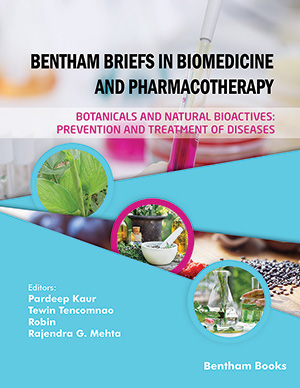Abstract
Objective: A series of novel emodin alcohols were designed and prepared in an effort to overcome the increasing microorganism resistance.
Methods: Novel emodin alcohols were prepared from commercial emodin and different nitrogen-containing heterocycles via different synthetic strategies, such as O-alkylation and N-alkylation. The antimicrobial activity of synthesized emodin compounds was evaluated in vitro by a two-fold serial dilution technique. The interaction of emodin compound 3d with biomolecule was researched using UV-vis spectroscopic method and fluorescence spectroscopy.
Results: Emodin compound 3d containing 2-methyl-5-nitro imidazole ring showed relatively good antimicrobial activity. Notably, it exhibited equivalent activity against S. aureus in comparison to the reference drug norfloxacin (MIC = 4 μg/mL). The combination of strong active compound 3d with reference drugs showed better antimicrobial activity with less dosage and a broader antimicrobial spectrum than their separate use. Further research displayed that emodin compound 3d could intercalate into S. aureus DNA to form the 3d–DNA complex, which might correlate with the inhibitory activity. The hydrogen bonds were found between S. aureus DNA gyrase and strong active compound 3d during the docking research, which were in accordance with the spectral experiment results. The interaction with yeast RNA of compound 3d could also form a complex via hydrogen bonds. The hydrogen bonds were found to play a major role in the transportation of emodin compound 3d by human serum albumin (HSA), as confirmed by molecular simulation.
Conclusion: This work provides a promising starting point to optimize the structures of emodin derivatives as potent antimicrobial agents.
Keywords: Emodin, antibacterial, antifungal, Staphylococcus aureus DNA, yeast RNA, human serum albumin.

























